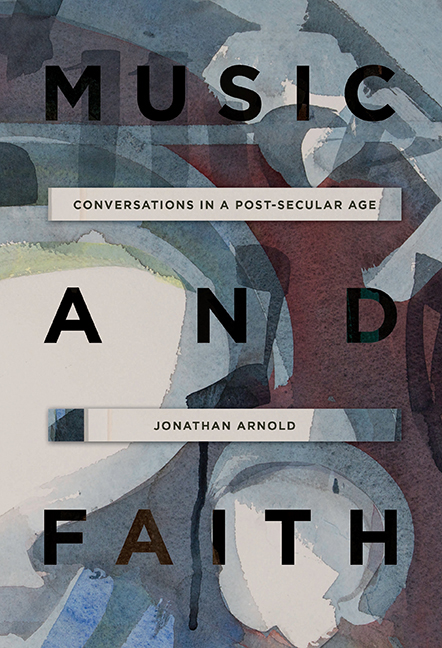Book contents
- Frontmatter
- Dedication
- Contents
- List of Illustrations
- List of Interviewees
- Preface
- Acknowledgements
- Introduction: Faith, Belief and Post-Secularism
- I MEDIEVALISM TO POST-SECULARISM
- 1 Music, Morality and Meaning: Our Medieval Heritage
- 2 Psalms and Hymns and Spiritual Songs
- 3 Eye Music
- Interlude I. ‘O Sisters Too’: Reviving the Medieval in Post-Secular Britain
- II THE HUMAN MIND AND SOCIETY
- III BELIEF AND UNBELIEF
- Conclusion
- Notes
- Bibliography
- Index
Interlude I. ‘O Sisters Too’: Reviving the Medieval in Post-Secular Britain
from I - MEDIEVALISM TO POST-SECULARISM
Published online by Cambridge University Press: 01 September 2019
- Frontmatter
- Dedication
- Contents
- List of Illustrations
- List of Interviewees
- Preface
- Acknowledgements
- Introduction: Faith, Belief and Post-Secularism
- I MEDIEVALISM TO POST-SECULARISM
- 1 Music, Morality and Meaning: Our Medieval Heritage
- 2 Psalms and Hymns and Spiritual Songs
- 3 Eye Music
- Interlude I. ‘O Sisters Too’: Reviving the Medieval in Post-Secular Britain
- II THE HUMAN MIND AND SOCIETY
- III BELIEF AND UNBELIEF
- Conclusion
- Notes
- Bibliography
- Index
Summary
‘That woman … is a woman!’ So declares the shocked Sir Edmund Tilney at the sight of a woman playing a female role in a Shakespeare play (Shakespeare in Love). We may be familiar with the idea that men or boys played women's roles in Elizabethan drama and one might assume that this was also the case in previous centuries – especially, you might think, in the Middle Ages. But not so. Recent research has discovered that women, particularly nuns, were involved in the production and performance of medieval drama of many kinds.
This short chapter is the story of how a collaboration between a new medieval drama project and Frideswide Voices, the first girl-choristers’ choir to be founded in Oxford since the university's medieval beginnings, might help us to rethink how we use our churches and chapels in a post-secular society. A recent production of a medieval liturgical drama, in New College Chapel, Oxford, attempted to give us a better understanding of the sights and sounds of late medieval drama and even, perhaps, an opportunity to learn from our medieval ancestors the many and varied, colourful and stimulating ways by which this kind of experience might help us to engage with the Gospel.
A new project on Medieval Convent Drama has found a surprisingly large and detailed amount of evidence for female involvement in drama from convents in what is now France and Belgium. Although the Dissolution destroyed many monastic and conventual documents, there is even reference to convent drama in England, notably at Barking Abbey. As most of the dramatised stories were biblical, the project aims to discover how women in these communities approached the stories, what manner of productions were laid on, what the devotional or educational aspirations were for the plays, who the audience may have been, and whether the nature of liturgy and music within the drama had any specific impact or aims. In some cases male roles were taken by women too, giving a complete reversal of the Shakespearean norm many years later.
- Type
- Chapter
- Information
- Music and FaithConversations in a Post-Secular Age, pp. 75 - 80Publisher: Boydell & BrewerPrint publication year: 2019

